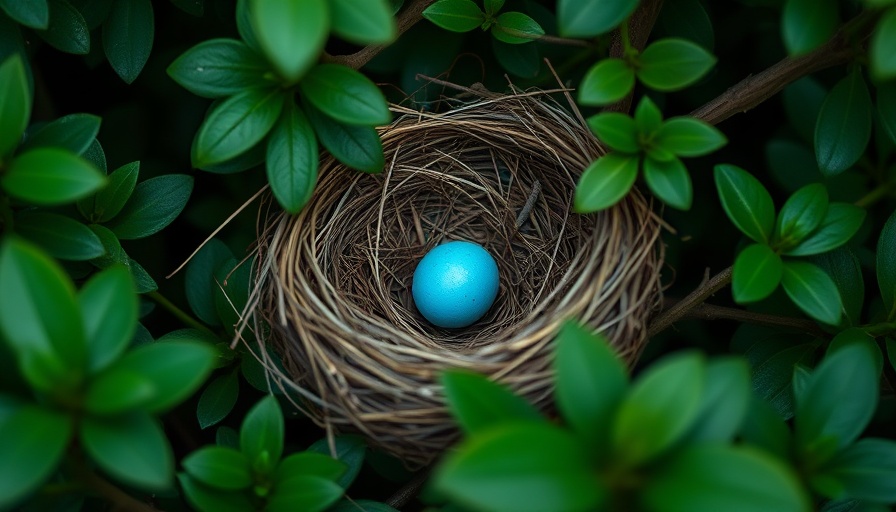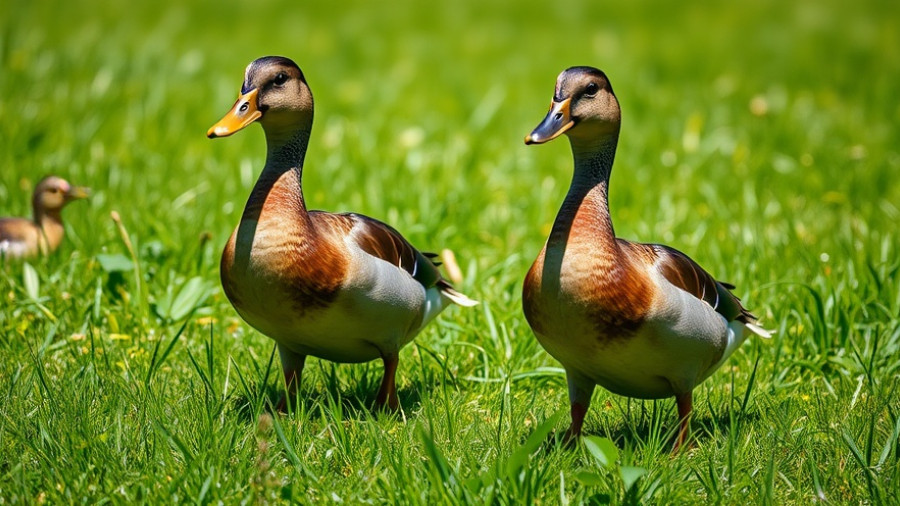
What Materials Do Birds Use in Their Nest Building?
Birds are nature's architects, exhibiting an astonishing creativity and resourcefulness in the construction of their nests. The items they select often reflect not only their species but also the environments they inhabit. The nuanced process of nest building involves various materials, with each serving a particular purpose, contributing to the nest's overall structure and function. Let’s delve into the multitude of materials birds utilize in their avian constructions.
The Structural Foundations: Twigs and Branches
Twigs and branches form the structural backbone of many bird nests, providing much-needed support. Larger birds, such as eagles and ospreys, tend to choose sturdier branches, while smaller species prefer more delicate twigs. Interestingly, some birds, like the Baltimore Oriole, demonstrate extraordinary engineering skills by weaving and knotting branches for stability, ensuring their nests can withstand harsh weather conditions and potential predators.
Nature's Insulators: Grass and Leaves
Dried grass and leaves play a critical role in insulating nests, regulating temperature during the critical incubation period. Ground-nesting birds like meadowlarks and quail often utilize grasses to help camouflage their nests, allowing them to blend seamlessly with their surroundings. Remarkably, species such as the European Starling integrate fragrant herbs into their nests, potentially deterring parasites and thus promoting the health of their nestlings.
Unique Nesting Choices: Mud and Spider Silk
While twigs and grass are common, many birds get creative with unique and unconventional materials. The use of spider silk, for instance, not only serves as a strong adhesive but also imparts flexibility to the nest, accommodating growing chicks. Various birds, including barn swallows and phoebes, incorporate mud as a natural cement, constructing sturdy structures that can last throughout the breeding season.
Building a Nest-Friendly Environment
To attract birds to your yard, it's essential to create a nest-friendly habitat. Providing safe nesting materials is crucial; avoid synthetic items that may pose risks to birds and their young. Instead, offering natural options, such as small twigs, dried grass, and plant fluff collects around your garden can enhance the nesting opportunities for local bird species. According to birding experts at Audubon, facilitating a natural setting where birds can gather appropriate nesting materials is one of the kindest acts of conservation enthusiasts.
Final Thoughts: Encouraging Avian Builders
The importance of fostering a suitable environment for nesting birds cannot be overstated. Allowing natural debris to accumulate in your yard, providing organic materials, and educating others on the benefits of promoting bird-friendly practices can significantly impact local bird populations. Join the effort to support our feathered friends by enriching their surroundings and ensuring they have access to the safest and most effective nesting materials.
 Add Row
Add Row  Add
Add 




Write A Comment